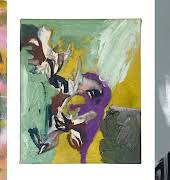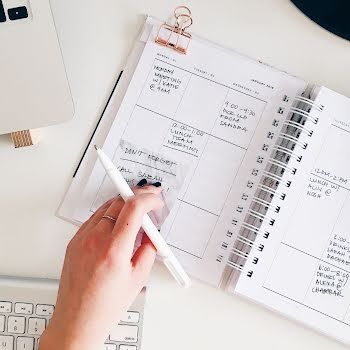
By Jennifer McShane
10th Jul 2022
10th Jul 2022
With her anxiety levels increasing (thanks Covid), Jennifer McShane found that a study examining the difference between 'purposeful' worrying and the 'problematic' kind helped ease things.
I am a self-confessed chronic worrier. It’s an obsessive trait. The pandemic hasn’t helped one bit, but pre-Covid, I worried anyhow. What I have noticed over the last 20+ months, however, is that now every little thing can often worry me to the point of sleep disruption. It was then I knew I needed to find something to help get me over the worst of it.
Because I am a firm believer in being a ‘good worrier’. Because worrying is usually viewed as a negative, it can be easy to forget that worrying has function and a positive one at that, provided you can utilise the worry the correct way. If we spot potential problems and are concerned about them, this spurs us into solving them.
I tell myself I’d love a life free of worry, but I know it’s not true; worrying makes me get s**t done. If I didn’t worry about keeping deadlines, I’d never write a single thing. If I didn’t worry so much about how other people were feeling, I’d think I’d spend the days focused on my own flaws.
What kind of worrier are you?
The above is what’s known as ‘purposeful’ worrying.’ The worry is there for a logical enough reason. However, those caught in a never-ending cycle of anxiety will know it’s the worry long after the worrying has been useful that’s the problem.
I’m not an efficient worrier – I can’t just worry about the issue, solve it, then relax and move on – I ‘worse-case scenario’ everything where I haven’t solved anything, been booted out of my job, and simultaneously lost all my loved ones. That’s why I was both intrigued and relieved to hear of a review paper in the journal Biological Psychology where psychologists explain what tips worrying from normal into problematic, and why it can be so difficult to stop once you get started.
Those who worry are far more likely to prepare for the future. Worriers prepare for worst-case scenarios – though even I didn’t foresee how the pandemic has turned out – and tend to make healthier lifestyle decisions. It’s basically what we worriers have known all along.
Researchers explain that pathological worriers have “a kind of perfectionist approach.” Once they start down a path of worrying, they feel compelled to work through every eventuality and solve every problem. Okay, I’m a perfectionist, but often this wears me down – running through every possible bad scenario leaves me wide awake – and it makes things worse; my initial problem is amplified times a hundred.
However, the study assures there is hope and a way to break the bad worry cycle.
I like the thought of envisioning the worry as one that can be put in a box and opened later
Thinking about the idea of stopping worrying when you’ve had enough of it, rather than when the worrying is somehow finished or complete, could be beneficial. Earlier research has shown that merely learning about the cognitive and emotional factors that feed excessive worry can help some people. In other words: you and I can control the worry even when it’s not solved, instead of letting it control us until the very end. We are in charge of what we worry about, and if we can keep reminding ourselves that we can stop the worry when we tire of it, this will make the bad cycle break.
It’s never as simple as “just stop worrying” (the most irritating, unhelpful phrase known to man) but I like the thought of envisioning the worry as one that can be put in a box and opened later, thus freeing your mind and allowing you to move forwards; a metaphorical “pit-stop” that can allow you to get on with the rest of your day.
Schedule ‘worry time’
You can also schedule “worry time,” according to Sarah Kate McGowan, over at The Cut. “Carve out a small chunk of time each day — ideally always at the same time and place — to focus on your worries. This way, McGowan explains, by the time bedtime rolls around, you’ve already addressed everything that’s making you anxious.” You can also be kind to yourself; try to take your mind off them and throw yourself into any activity you enjoy.” Safely, of course.
So, instead of the critical inner voice telling you you’ve failed for not solving things right away, why not try to replace it with a more helpful one who says, yes, the worry will still be there tomorrow, but worrying about it now will only ruin today’s peace.
Knowing the difference between the worry that hurts us and the worry that moves us forward is key to breaking the cycle.
Main photograph: Pexels























